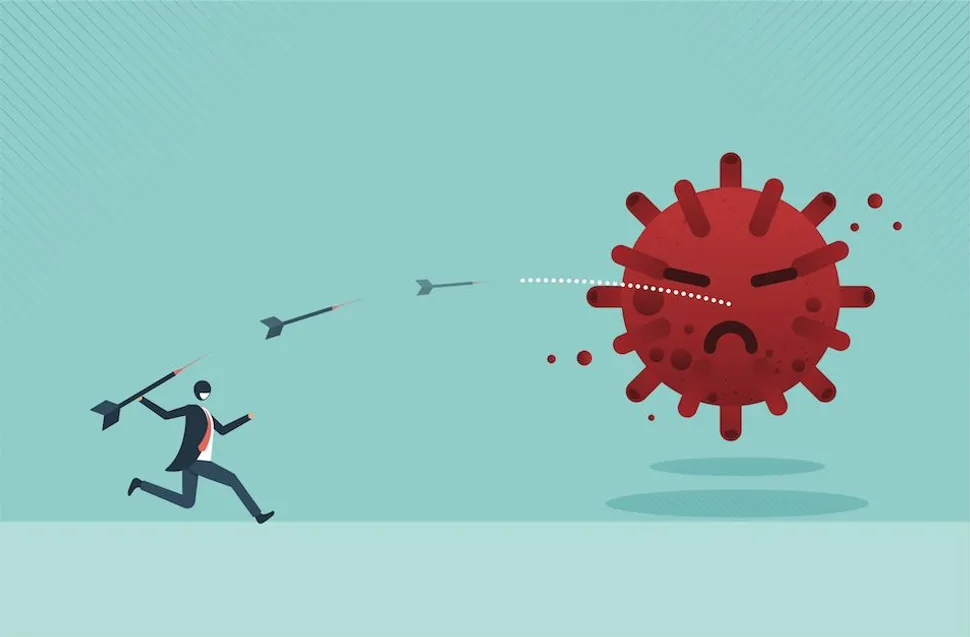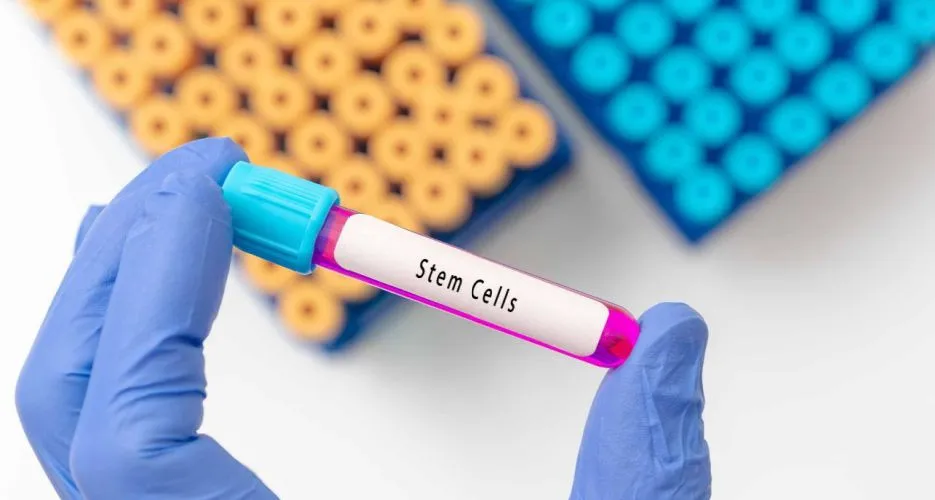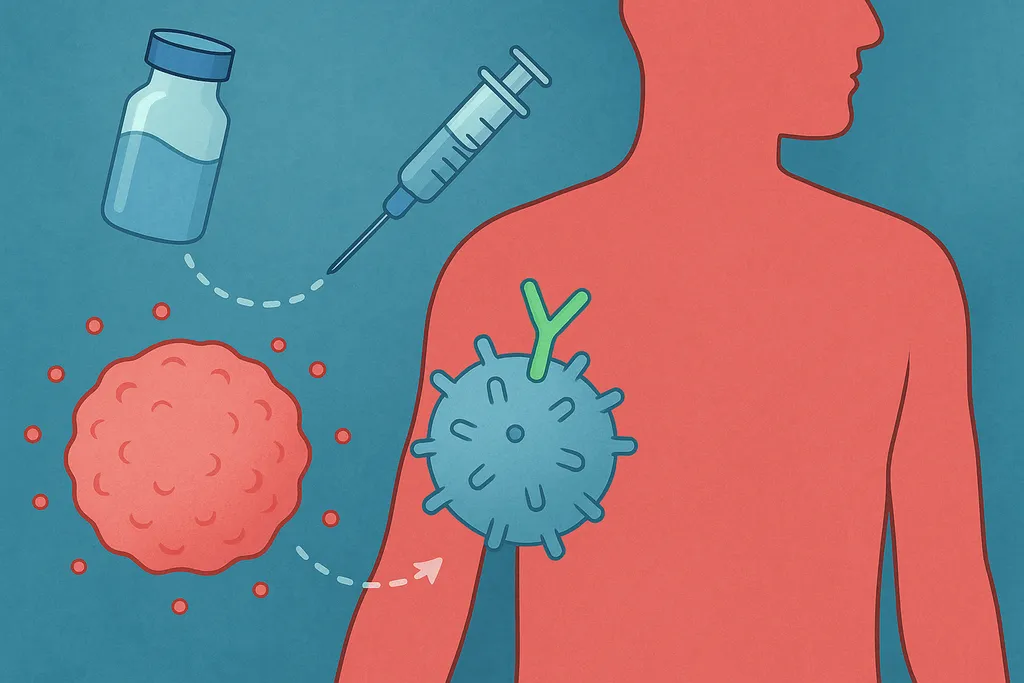Tazemetostat as a New Therapy for Follicular Lymphoma with the EZH2 Mutation

Follicular Lymphoma is the second most common type of non-Hodgkin lymphoma. While not curable, follicular lymphoma often follows a relapsing-remitting course, meaning periods of remission can alternate with flare-ups.
The Role of the EZH2 Mutation
About 20-25% of follicular lymphoma patients have an EZH2 mutation. This mutation disrupts normal gene function, promoting cancer cell growth. Studies suggest the EZH2 mutation might be associated with a more aggressive form of follicular lymphoma.
Tazemetostat: A Targeted Therapy for Follicular Lymphoma
In 2020, the FDA approved tazemetostat (Tazverik, IPSEN), a targeted therapy specifically designed to address the EZH2 mutation. This medication offers a chemotherapy-free option for patients with relapsed or refractory follicular lymphoma who have the EZH2 mutation and haven't responded to previous treatments.
How Tazemetostat Works
Tazemetostat works by targeting the EZH2 protein, which is overactive in these patients, and switches off its ability to silence tumor suppressor genes. This allows these genes to function normally and suppress cancer cell growth in patients with the EZH2 mutation.
Traditional vs. Targeted Follicular Lymphoma Treatment
Previously, the R-CHOP chemotherapy regimen was the primary treatment for follicular lymphoma. Tazemetostat offers a targeted therapy option with a different side effect profile, potentially reducing the treatment burden for some patients.
Dosing and Side Effects of Tazemetostat
- Dosage: 800mg (4 tablets of 200mg each) twice daily in 28-day cycles.
- Side Effects: Common side effects include fatigue, upper respiratory infection, musculoskeletal pain, nausea, abdominal pain, and anemia. It's crucial to discuss potential risks and benefits with your doctor.
Clinical Trials and Ongoing Research
Clinical trials are investigating the use of tazemetostat in various lymphomas and solid tumors. Research is ongoing to determine its long-term efficacy and safety for follicular lymphoma patients and the feasibility of combining it with other therapies.
Check all clinical trials recruiting follicular lymphoma patients close to you with our Clinical Finder Tool.
Conclusion
Tazemetostat represents a significant advancement in follicular lymphoma treatment for patients with the EZH2 mutation. While not a cure, it offers a targeted approach with potentially fewer side effects compared to traditional chemotherapy.
Sources:
Follicular Lymphoma is the second most common type of non-Hodgkin lymphoma. While not curable, follicular lymphoma often follows a relapsing-remitting course, meaning periods of remission can alternate with flare-ups.
The Role of the EZH2 Mutation
About 20-25% of follicular lymphoma patients have an EZH2 mutation. This mutation disrupts normal gene function, promoting cancer cell growth. Studies suggest the EZH2 mutation might be associated with a more aggressive form of follicular lymphoma.
Tazemetostat: A Targeted Therapy for Follicular Lymphoma
In 2020, the FDA approved tazemetostat (Tazverik, IPSEN), a targeted therapy specifically designed to address the EZH2 mutation. This medication offers a chemotherapy-free option for patients with relapsed or refractory follicular lymphoma who have the EZH2 mutation and haven't responded to previous treatments.
How Tazemetostat Works
Tazemetostat works by targeting the EZH2 protein, which is overactive in these patients, and switches off its ability to silence tumor suppressor genes. This allows these genes to function normally and suppress cancer cell growth in patients with the EZH2 mutation.
Traditional vs. Targeted Follicular Lymphoma Treatment
Previously, the R-CHOP chemotherapy regimen was the primary treatment for follicular lymphoma. Tazemetostat offers a targeted therapy option with a different side effect profile, potentially reducing the treatment burden for some patients.
Dosing and Side Effects of Tazemetostat
- Dosage: 800mg (4 tablets of 200mg each) twice daily in 28-day cycles.
- Side Effects: Common side effects include fatigue, upper respiratory infection, musculoskeletal pain, nausea, abdominal pain, and anemia. It's crucial to discuss potential risks and benefits with your doctor.
Clinical Trials and Ongoing Research
Clinical trials are investigating the use of tazemetostat in various lymphomas and solid tumors. Research is ongoing to determine its long-term efficacy and safety for follicular lymphoma patients and the feasibility of combining it with other therapies.
Check all clinical trials recruiting follicular lymphoma patients close to you with our Clinical Finder Tool.
Conclusion
Tazemetostat represents a significant advancement in follicular lymphoma treatment for patients with the EZH2 mutation. While not a cure, it offers a targeted approach with potentially fewer side effects compared to traditional chemotherapy.
Sources:

about the author
Lisa Foster
Lisa Foster is a mom of 3 daughters and 1 perfect grandchild, a puzzle lover, writer and HealthTree advocate. She believes in the mission of the foundation and the team that builds it forward. She calls Houston, Texas home.
More on Treatment Advances
Trending Articles
Get the Latest Follicular lymphoma Updates, Delivered to You.
By subscribing to the HealthTree newsletter, you'll receive the latest research, treatment updates, and expert insights to help you navigate your health.
Together we care.
Together we cure.
3x Faster.










